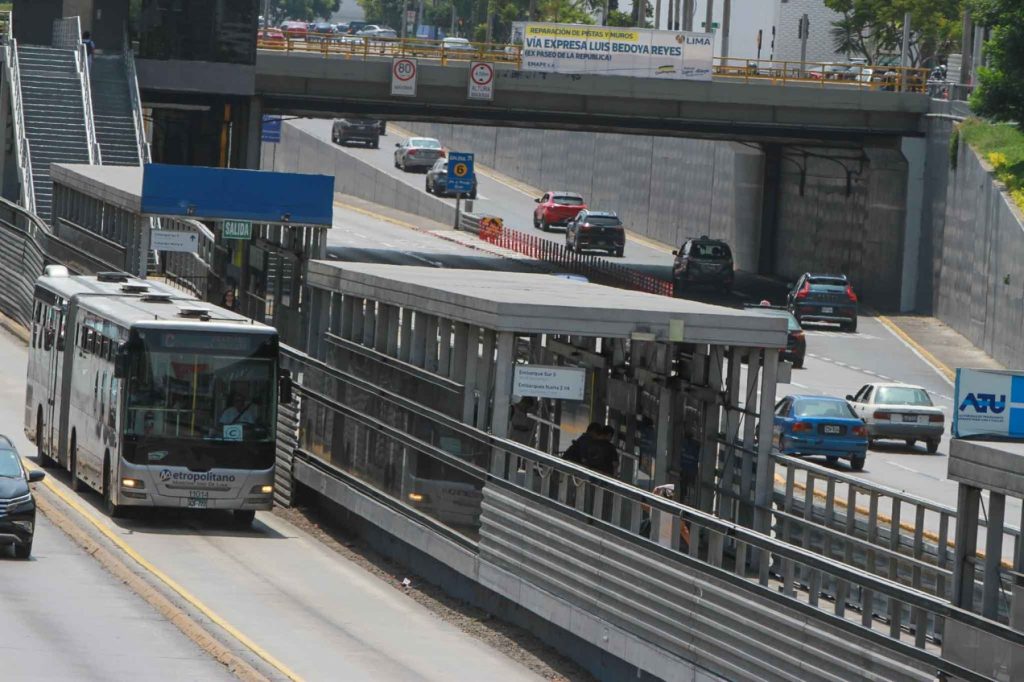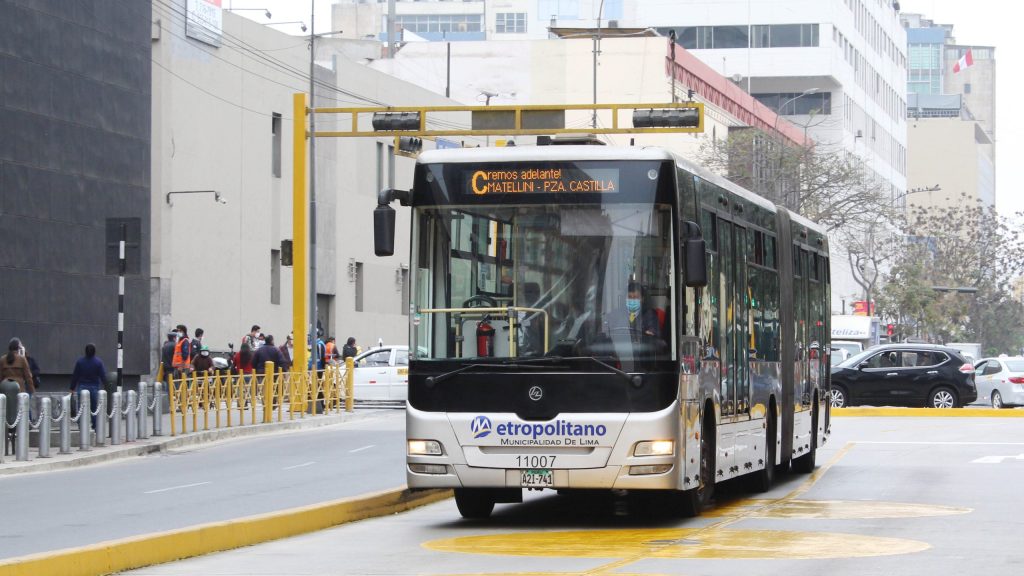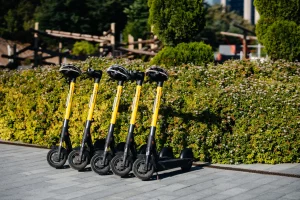The city of Lima, Peru, marks a significant milestone on its path towards electromobility with the announcement of major investments for the incorporation of 150 new electric buses for the Metropolitan transport system.
This ambitious project not only seeks to modernize the fleet and offer a more efficient service to citizens, but also contemplates the installation of solar panels at 44 stations to charge these vehicles, thus integrating renewable energy sources into the operation of the system.
This initiative represents a crucial step forward in Peru’s efforts to reduce its carbon footprint in the transport sector and improve air quality in the capital.
You may also be interested in: Batteries that Charge Twice as Fast: New Technology Improves Renault Mégane E-Tech Range
Millionaire Investment
The acquisition of these 150 electric buses, which will require an estimated investment of US$ 80 million, will provide a cleaner, quieter and more comfortable service for the thousands of Metropolitano users who travel daily through the city.
The vision of the project goes beyond the simple replacement of conventional buses. A comprehensive strategy has been contemplated that includes the implementation of efficient and sustainable charging infrastructure.
In this sense, the installation of solar panels on the roofs of 44 Metropolitano stations is presented as an innovative solution that will generate clean energy to recharge the buses, reducing operating costs in the long term and reducing dependence on conventional energy sources.

The new electric buses will have state-of-the-art technology in terms of energy efficiency and autonomy, guaranteeing optimal operation on the Metropolitano’s routes.
In addition, their operation is expected to generate a significant reduction in the emission of polluting gases and noise levels in the city, positively impacting the health and well-being of Lima residents.
“By the last quarter of this year, we will have a structural addendum without major problems. The Metropolitano does not need maintenance but an overhaul (deep maintenance) and that is why we have resorted to the World Bank, to have the investment levels that would allow us to make this strong entrance”
David Hernández, President of the Urban Transport Authority of Lima and Callao (ATU).
Planning and Collaboration
The installation of the solar panels at the stations will not only provide energy for charging the buses, but could also contribute to the energy supply of other operational needs of the stations, maximizing the use of solar energy and promoting a distributed self-generation model.
This project is the result of strategic planning and collaboration between various government entities and the private sector, demonstrating the country’s commitment to adopting innovative and sustainable solutions for urban transportation.
This initiative is expected to set an important precedent for other cities in Peru and the region seeking to move towards electromobility.
The implementation of these 150 electric buses and the solar charging infrastructure will be carried out progressively in the coming months, marking a new chapter in the history of Lima’s public transport and consolidating its commitment to a cleaner and more sustainable future.







